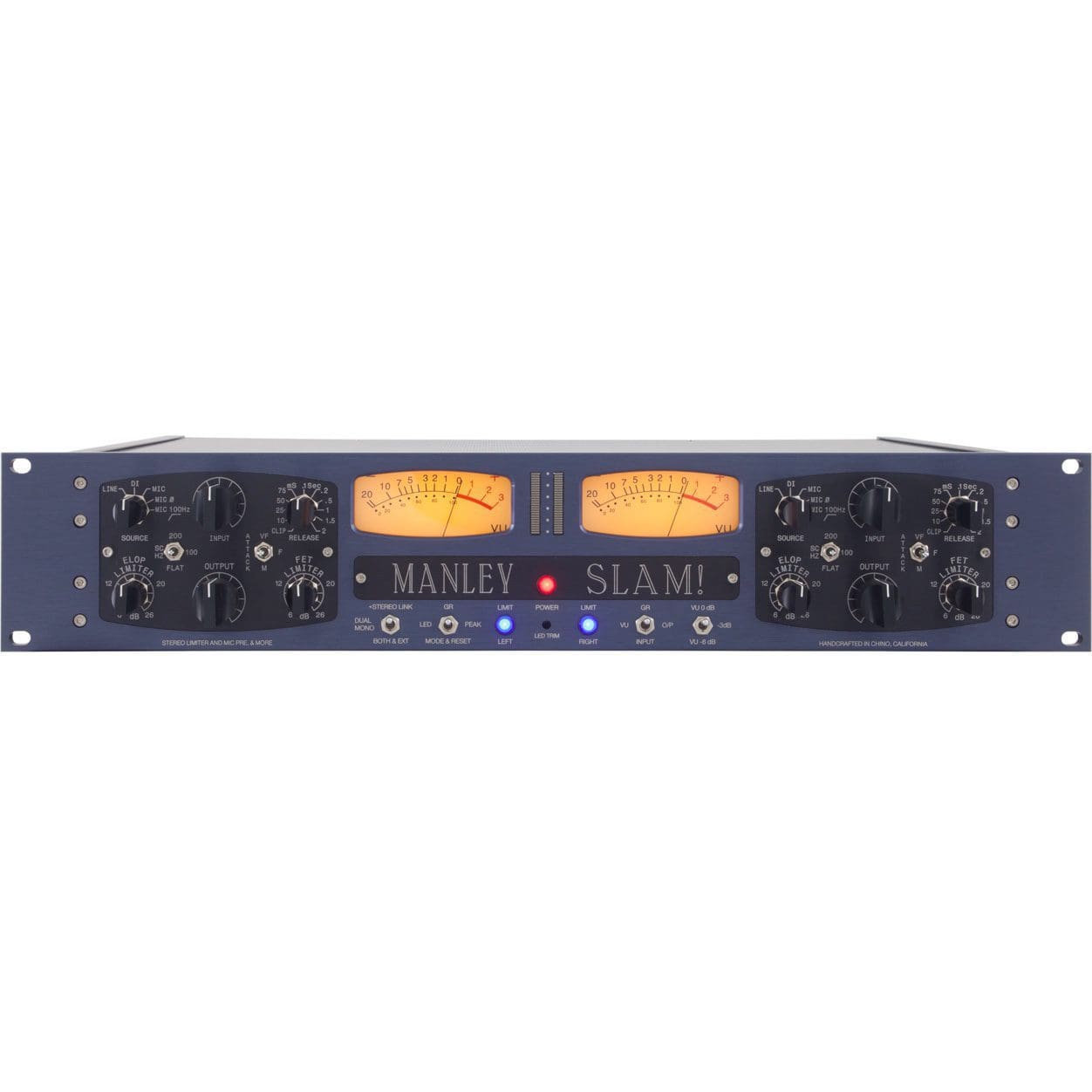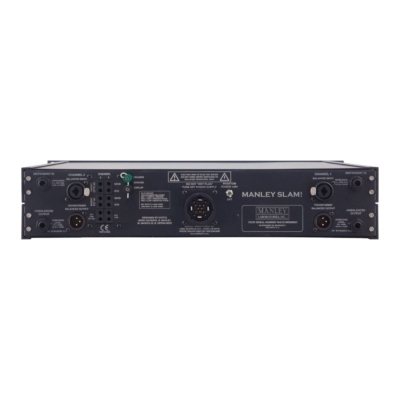Manley SLAM! – Stereo Limiter/Amplifier and Compressor
The Manley SLAM! is a versatile stereo limiter/amplifier and compressor designed for use in both tracking and mastering applications. Known for its musicality and flexibility, the SLAM! combines the best of analog compression with a rich, tube-driven sound. With its all-tube signal path and custom transformers, the SLAM! excels at adding warmth, character, and clarity to your recordings or mixes while maintaining transparency and punch.
With its unique blend of optical limiting and solid-state amplification, the SLAM! offers dynamic control for vocals, drums, mix buses, and even full mixes. The combination of compression and amplification allows the SLAM! to serve as both a powerful tone-shaping tool and a reliable compressor for controlling dynamics, offering flexible control over both gain and compression characteristics.
Key Features
- All-tube signal path with optical limiter/compressor and solid-state amplifier
- Dual-channel design with independent compression and gain controls
- Custom Manley transformers for tonal richness and harmonic enhancement
- Switchable attack, release, and ratio controls for flexible dynamic control
- Integrated side-chain filter for frequency-dependent compression
- VU meters for monitoring output level and gain reduction
- Bypass switch for easy comparison of processed vs. unprocessed signal
- Ideal for tracking, mix bus, mastering, and stereo bus applications
Technical Specifications
- Channels: 2 (Stereo or Dual Mono)
- Compression Ratio: 1.5:1 to 20:1
- Attack Time: 0.5 ms – 50 ms (program-dependent)
- Release Time: 0.2 sec – 1.5 sec (program-dependent)
- Threshold Range: -20 dBu to +20 dBu
- Input Impedance: 50 kΩ balanced
- Output Impedance: 600 Ω balanced
- THD: < 0.5% at +20 dBu output
- Frequency Response: 20 Hz – 20 kHz (+0/-1 dB)
- Power: 100–240 VAC, 50/60 Hz (universal power supply)
- Dimensions: 2U rackmount (19” x 3.5” x 10”)
- Weight: Approx. 18 lbs (8.2 kg)
Ideal For
- Mix engineers looking to add analog warmth and compression to their mix bus
- Mastering engineers requiring flexible dynamic control and tonal shaping
- Tracking engineers seeking smooth, natural compression on vocals and drums
- Studios wanting a powerful and versatile compressor/limiter in their workflow
The Manley SLAM! provides the perfect balance of tone-shaping and dynamic control, delivering everything from gentle, transparent compression to powerful, analog-rich limiting. Whether you’re processing a single track or your entire mix, the SLAM! adds character, depth, and precision, making it a must-have for any serious studio.







